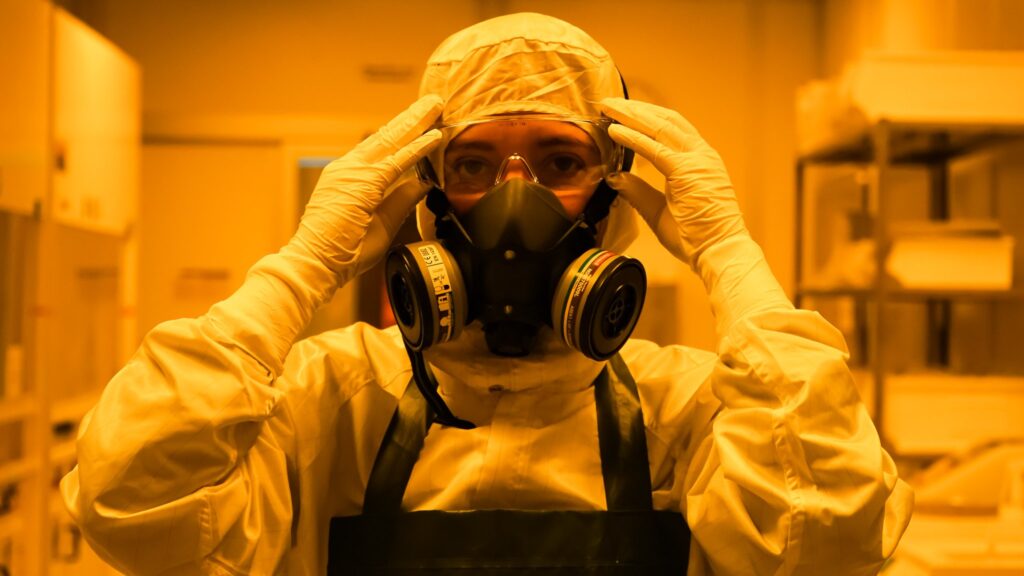In the pursuit of an inclusive scientific landscape, the 12th Congress of the SciComPt network will convene between May 8-10, 2024, in Braga, Portugal. Themed “Accessibility in Science Through Diverse Languages and Voices”, this landmark event aims to address the pressing need for enhanced accessibility in science communication. In today’s society, the responsibility of science extends beyond the laboratory walls. Merely providing access to scientific publications falls short of empowering citizens to fully engage with scientific knowledge. As science delves into increasingly complex and ethically nuanced realms, it becomes imperative to bridge the gap between scientific expertise and public understanding. Recognizing this imperative, the Congress will spotlight the critical role of science communication in fostering a more inclusive scientific community. From promoting ongoing dialogue between scientists and society to addressing sensory limitations and diversifying communication channels, Congress will delve into multifaceted strategies to enhance accessibility in science. The event will happen at INL – International Iberian Nanotechnology Laboratory, Centro Ciência Viva de Braga, and the University of Minho, and will serve as a platform for interdisciplinary dialogue, collaboration and will share insights, best practices, and innovative approaches to science communication between researchers, policymakers, communication professionals, and engaged citizens. With a […]
Read more


